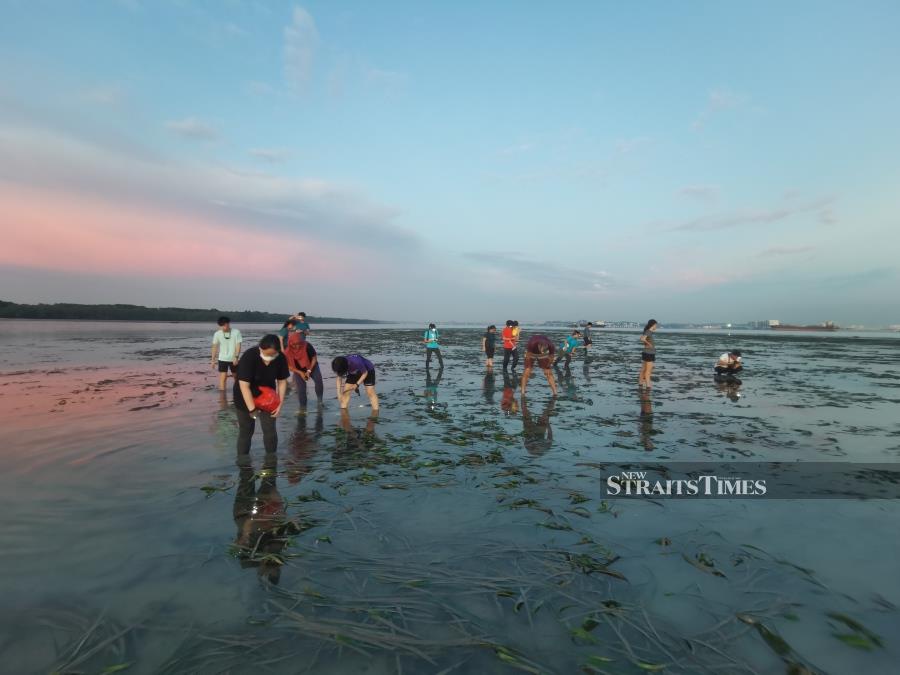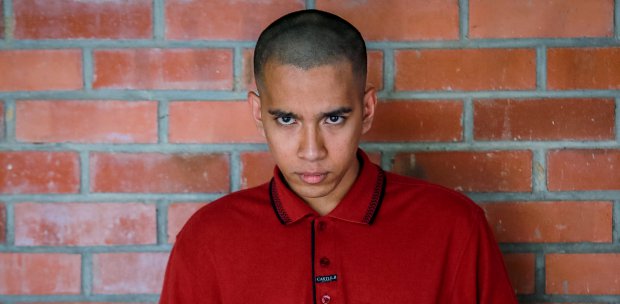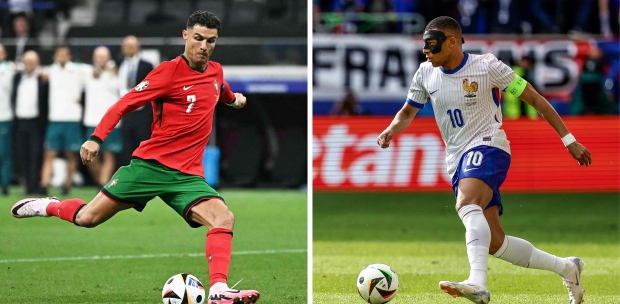THE Sungai Pulai estuary in southern Johor reveals a hidden underwater realm as the tide recedes. The seagrass beds, usually submerged, become visible in the shallow pools of water. Members of Save Our Seahorses (SOS), led by their director, Dr Adam Lim Chee Ooi, carefully disembark from their boat, stepping into the shallow waters with a sense of awe and purpose.
Lim likens the scene to the mythical city of Atlantis rising from the depths. The group proceeds in a single file, their eyes scanning the calm, shallow pools where seagrass sways gently. Hidden among these grasses are the enigmatic and captivating creatures they seek: seahorses, each one an embodiment of the estuary's delicate and vibrant ecosystem. This expedition underscores their commitment to understanding and preserving these unique marine inhabitants.
"Seahorses play a crucial role in marine ecosystems," explains Lim. They serve as a symbol for marine conservation, highlighting the importance of preserving diverse habitats like mangroves, coral reefs, estuaries, seagrass beds and seaweed forests. Their presence is indicative of healthy marine environments. Malaysia is home to 12 out of the approximately 47 species of seahorses found worldwide.
As bottom-feeders, seahorses help maintain the balance of organisms on the seabed. Simultaneously, they are a vital part of the food chain, being preyed upon by various marine species, including invertebrates, fish, seabirds and marine mammals.
This dual role underscores their importance; removing seahorses from these environments can disrupt entire ecosystems.
As our knowledge about seahorses deepens, it becomes increasingly clear that these fascinating creatures require our aid. Their primary habitats — mangroves, estuaries, and coral reefs — are exceptionally vulnerable to human-induced threats such as pollution, climate change and harmful fishing practices.
The Hippocampus kuda, a species of seahorse found along our coasts, has experienced a concerning global decline of about 30 per cent within five to eight years. Consequently, it's now classified as vulnerable on the International Union for the Conservation of Nature (IUCN) Red List of Threatened Species.
This growing awareness underscores a critical need: it's imperative that we turn our attention towards the conservation of seahorses. Their wellbeing is not just about preserving a species, but also about protecting the delicate balance of their ecosystems, which are integral to the health of our planet's oceans.
So, what else makes a seahorse uniquely special?
UNIQUE BIOLOGY
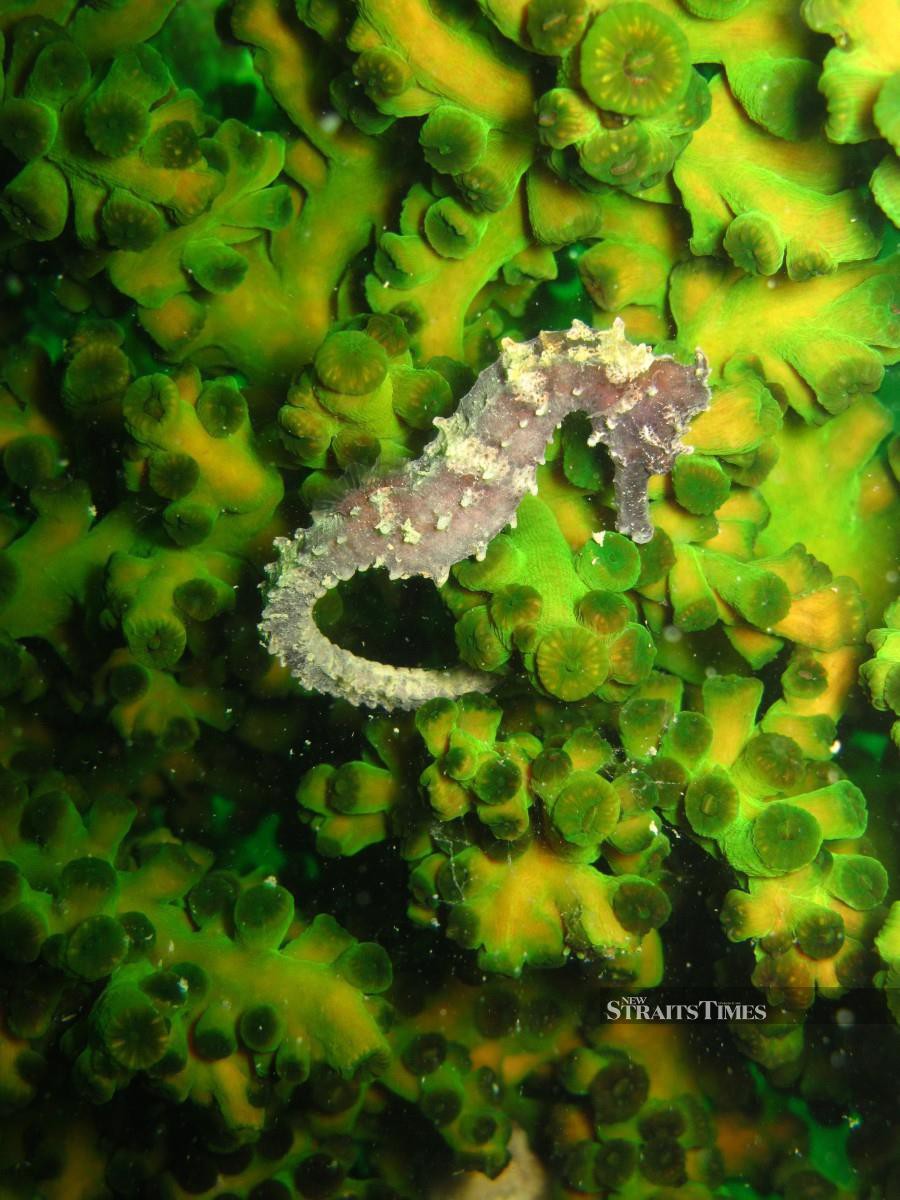
Seahorses are remarkable marine creatures, distinct in the fish world for having necks, a feature that gives them an almost whimsical, horse-like appearance.
Interestingly, seahorses aren't known for their swimming prowess. In an ingenious twist of evolution, they've developed prehensile tails that act like anchors, allowing them to cling to seagrass and other underwater structures. This adaptation is crucial for their survival, keeping them steady and secure in the ocean's currents.
COMMUNICATION SKILLS
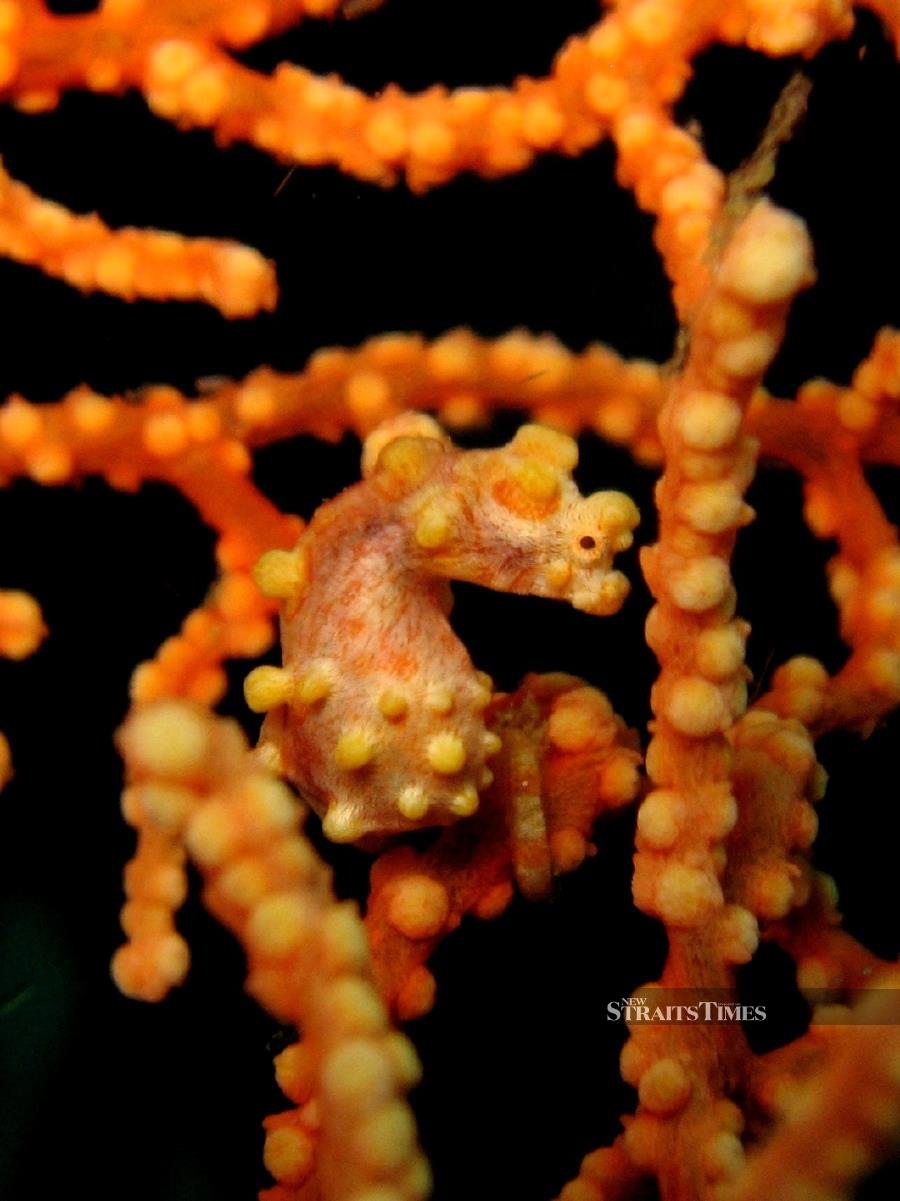
Seahorses have these cool "crowns" on their heads called coronets, and each seahorse has its own special design. But these crowns aren't just for show. They're super important for how seahorses "talk" to each other.
Scientists found that inside these crowns are two bones that work like our thumbs and pointer fingers. When seahorses lift their heads, these bones click together to make a snapping sound. It's their way of saying "hello" to other seahorses!
So, the coronet isn't just a pretty crown; it's a cool tool for seahorse chat. It shows us how smart and well-adapted they are to their underwater world. They really are like tiny sea kings and queens!
DANCING PARTNERS
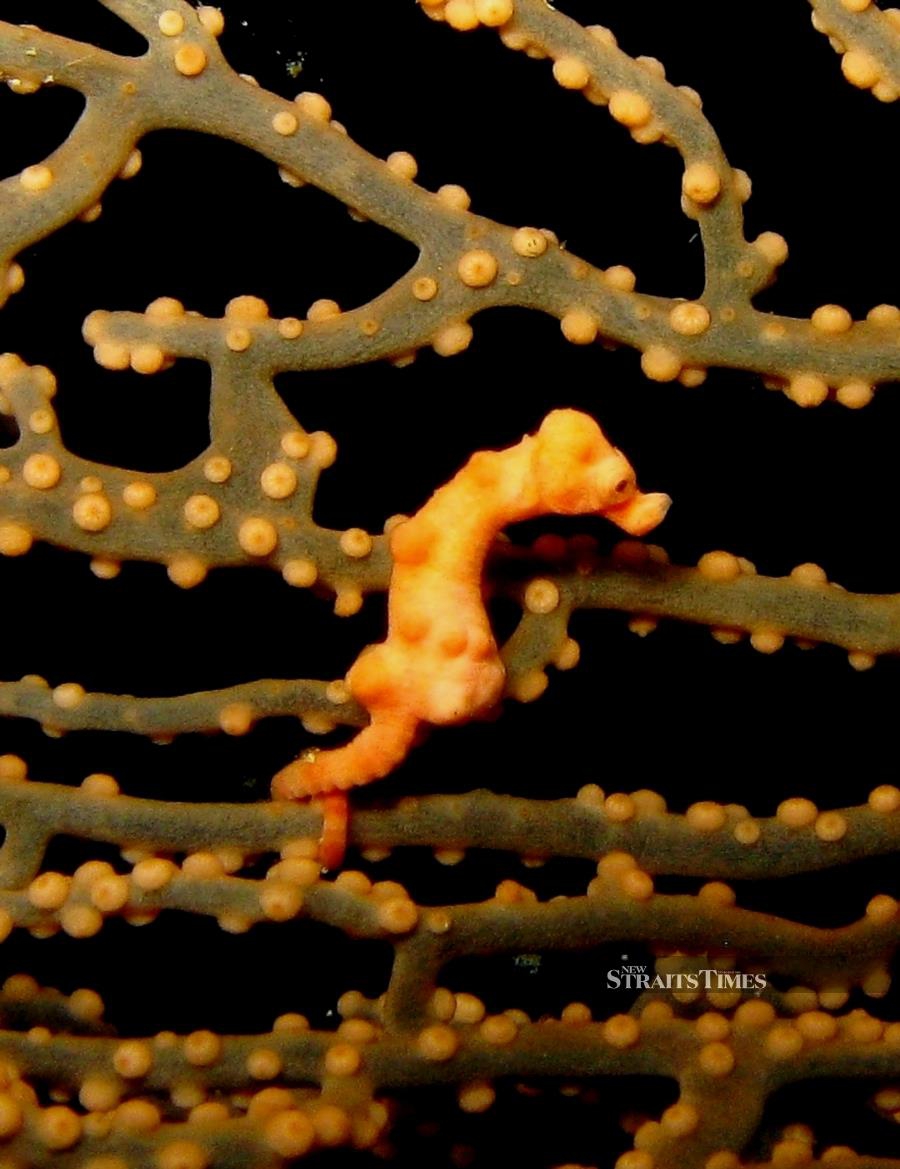
Seahorses have a magical way of finding a mate. They perform a beautiful dance that can last for days. They swirl around each other, change colours, and even hold tails, just like holding hands.
But their partnerships aren't always "forever". If a seahorse couple spends too much time apart, or if the male gets sick, the female might look for a new partner. It's their way of making sure they find the best match for having baby seahorses.
ROLE REVERSAL
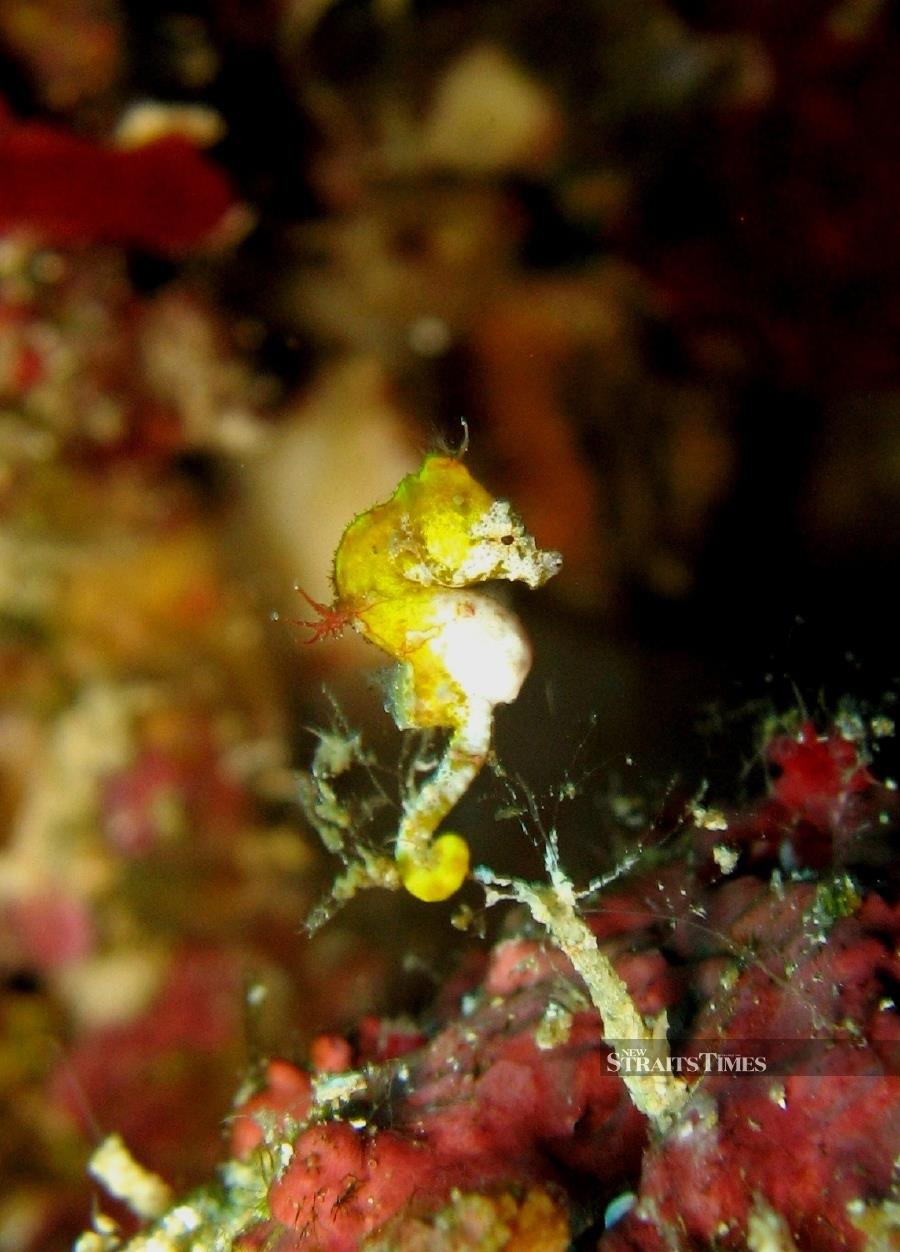
Seahorses have a unique way of having babies. It's like a role reversal! In the seahorse world, it's the dads — the male — who gets pregnant. When seahorses decide it's time for babies, the female uses a special tube called an "ovipositor" to transfer her eggs into the male's "brood pouch". Think of it like a cosy baby-carrying backpack, but for seahorse dads!
Once the eggs are safely in his pouch, the male seahorse takes care of them. He incubates them, keeps them fed, and carries them around until they're ready to hatch, which takes about two to four weeks.
When it's time, the male seahorse has these strong contractions and out pops the baby seahorses, called the fry. Depending on the type of seahorse, he may give birth to dozens or even more than a thousand at once!
But here's the catch: as soon as they're born, these tiny seahorse babies are on their own. They drift off into the big ocean, where many dangers await.
Unfortunately, not many of them make it past their first days. So, while seahorse dads are amazing at giving birth, they're not really around for the parenting part!
FEARSOME HUNTERS

Seahorses might be tiny, but they're mighty when it comes to hunting! These little guys are the ninjas of the sea. They stay super still, blending into their surroundings, and then, bam! They snap up their food with lightning speed. Their favourite snacks include krill, tiny fish and small sea critters.
Seahorses don't have teeth or a stomach for storing food. They use their long snouts like mini vacuum cleaners, constantly slurping up plankton and small creatures from the water around them. It's like they're always sipping through a straw, getting all the nutrients they need to stay active and healthy. So next time you see a seahorse, remember, it's not just a pretty face — it's a skilled and relentless hunter of the ocean!


